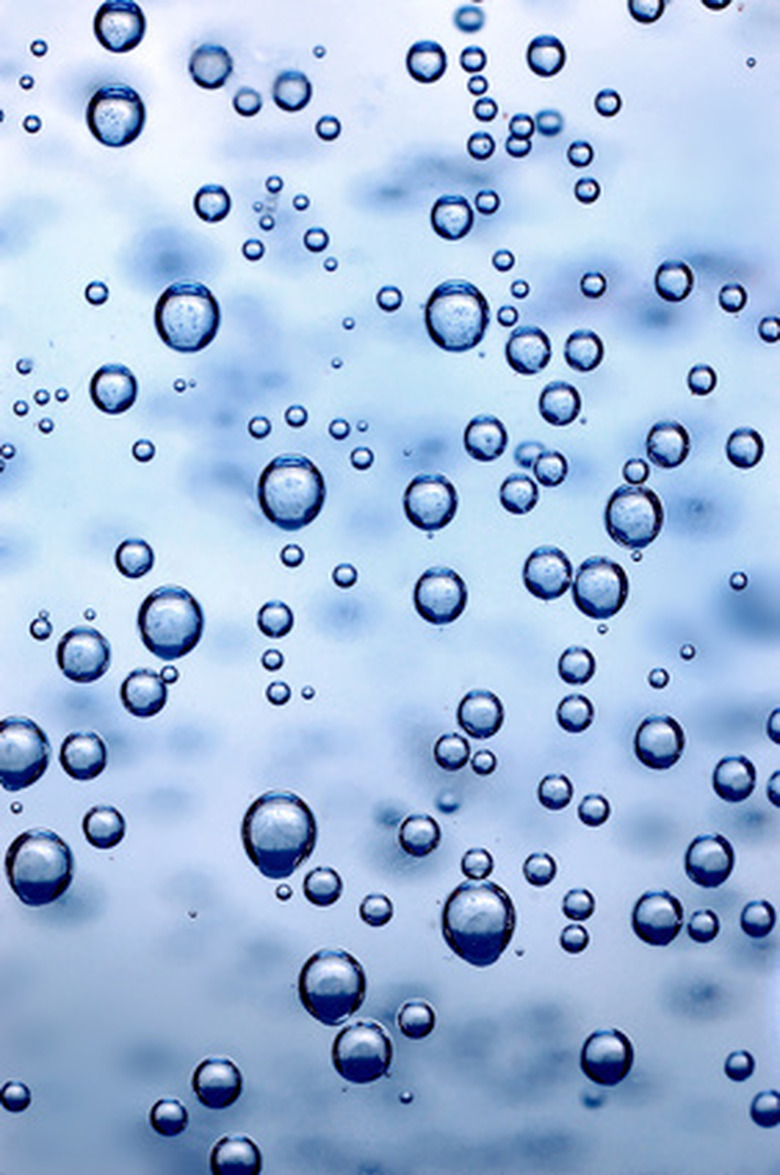What Is Osmotic Lysis?
Osmotic lysis is the bursting of a cell, aka a "cell explosion" or "cytolysis", because of an overabundance of fluid. The cell's membrane is not large enough to accommodate the excess fluid, causing the membrane to break open, or lyse.
Maintaining an osmotic balance is a very basic but very important function of the cell membrane to prevent cytolysis. Most of the things that cells do depend on the flow of certain ions into and out of the cell.
Cell Structure
Cell Structure
Cells are the basic functional unit of the body and of life. All tissues are made of them, thus the functions of all tissues depend on them. Eukaryotic cells contain a nucleus which holds DNA. This nucleus is surrounded by a fluid called cytoplasm.
The cytoplasm is a liquid and often contains dissolved proteins and sugars. It also holds the cell's mitochondria, which give the cell the energy needed to function. There are other important structures in the cytoplasm as well, specifically many specialized membrane-bound organelles. All of this is contained by the cell's membrane.
Cell Membranes
Cell Membranes
The membrane of the cell is a "phospholipid bilayer." As the name indicates, the membrane consists of two layers of molecules called phospholipids. The shape of a phospholipid is similar to the shape of a tadpole, with the head being the part of the molecule that holds a phosphorus group which can interact with water, and the tail being a fatty acid chain that cannot interact with water.
The phospholipids in the cell membrane line up tail to tail such that the both the outer surface and the interior of the cell is lined with heads. The intra-membrane space contains all of the fatty acid tails.
Cell membranes are "selectively permeable," meaning that some substances can move in and out of the cell while others cannot. Large proteins and charged particles or ions usually require the assistance of a membrane-bound protein channel or ion pump in order to pass.
Solutions
Solutions
To understand osmosis and osmotic lysis, it is first necessary to understand what a solution is made of. For example, if a tablespoon of salt is mixed into a cup of water, the salt will dissolve and form a saltwater solution.
The thing that is dissolved into the solution is the solute (salt in this case) while the "stuff" that does the dissolving is the solvent (water in this case). The bodies of living creatures are full of solutions with a water based solvent. The solutes are sugars, proteins and salts.
Osmosis
Osmosis
Osmosis refers to the movement of water from an area of low solute concentration to an area of high solute concentration in an effort to equalize the difference. If a cell contains a high concentration of sugars and proteins in its cytoplasm relative to the extracellular fluid, then osmosis will occur.
That is, water molecules from the extracellular fluid will move into the cell to dilute the solute concentration in the cytoplasm.
But the membrane of the cell may not be able to hold all of the extra volume from the incoming water. When this happens, the membrane will burst, causing a cell explosion. The bursting of a cell membrane is called "lysis."
The Opposite of a Cell Explosion: Crenation
The Opposite of a Cell Explosion: Crenation
It is important to note that osmosis works both inside the cell and out. Thus, if the extracellular fluid has an excessive amount of salts and sugars in it relative to the cytoplasm of the cell, water will move from the cytoplasm to the extracellular fluid in order to equalize solute concentration.
The result is a cell that has lost volume, like a balloon that has lost air. The cell will shrivel up, a process referred to as "crenation."
Cite This Article
MLA
Clouse, Rhiannon. "What Is Osmotic Lysis?" sciencing.com, https://www.sciencing.com/osmotic-lysis-7222182/. 21 May 2019.
APA
Clouse, Rhiannon. (2019, May 21). What Is Osmotic Lysis?. sciencing.com. Retrieved from https://www.sciencing.com/osmotic-lysis-7222182/
Chicago
Clouse, Rhiannon. What Is Osmotic Lysis? last modified March 24, 2022. https://www.sciencing.com/osmotic-lysis-7222182/
